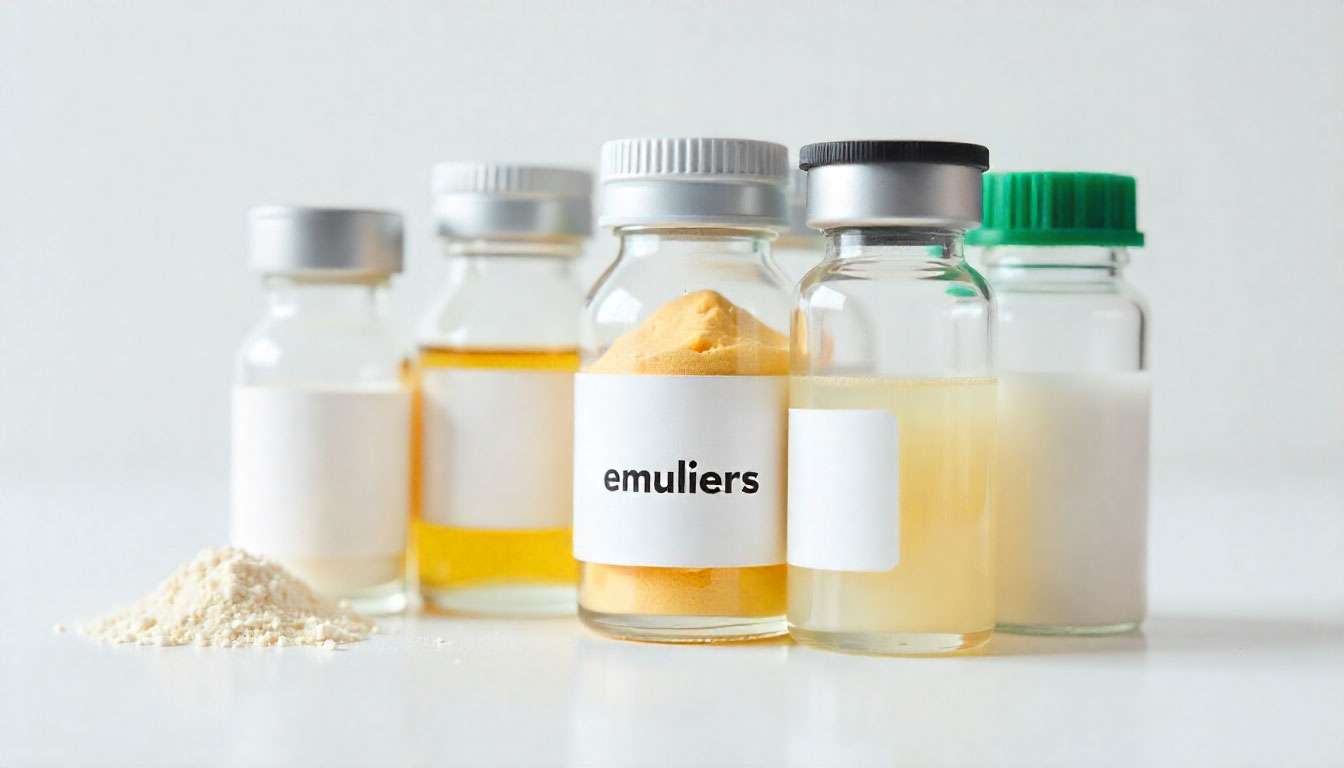Introduction
Methylcellulose is a unique plant-derived hydrocolloid widely used in both the food industry and modern gastronomy. Known for its ability to thicken, stabilize, and form gels when heated (and melt when cooled), it has fascinating properties unlike most other gums. This guide explores what methylcellulose is, how it’s made, and why it’s so valuable in both culinary and industrial applications.
Table of Contents
Quick Answers About Methylcellulose
Culinary Uses of Methylcellulose
Benefits & Functional Properties
Quick Answers About Methylcellulose
What makes methylcellulose unique?
It gels when heated and melts when cooled—the opposite of most hydrocolloids. This property is especially useful in plant-based meats and hot gels.
Is methylcellulose safe to eat?
Yes. Methylcellulose is FDA- and EFSA-approved as a food additive and is widely used in processed and modernist foods.
What foods commonly use methylcellulose?
It’s found in plant-based meats, gluten-free baked goods, sauces, foams, and specialty desserts.
How much methylcellulose should I use?
Typical use levels range from 0.25–2% depending on the desired texture and application.
Is methylcellulose vegan and gluten-free?
Yes. It’s plant-derived, allergen-free, and suitable for vegan and gluten-free diets.
Does methylcellulose affect flavor?
No. It has a neutral taste and doesn’t interfere with other ingredients’ flavors.
What is Methylcellulose?
Methylcellulose is a chemically modified derivative of cellulose, the structural fiber found in plant cell walls. In this form, cellulose molecules are treated with methyl groups, giving it new functional properties. It dissolves in cold water, thickens solutions, and — most notably — forms a gel when heated. This “thermal gelation” is the reverse of most gelling agents, making methylcellulose an exciting tool for chefs and food technologists.
How is Methylcellulose Made?
- Extraction: Cellulose is extracted from plant sources such as wood pulp or cotton.
- Chemical Modification: The cellulose is treated with methyl chloride in an alkaline environment.
- Purification: The resulting methylcellulose is washed, neutralized, and dried into a fine powder.
Culinary Uses of Methylcellulose
- Meat Alternatives: Provides binding and juiciness in plant-based burgers and sausages.
- Foams & Films: Stabilizes foams and creates edible films in molecular gastronomy.
- Baked Goods: Improves dough strength, moisture retention, and texture.
- Sauces & Dressings: Adds viscosity and stabilizes emulsions.
- Gluten-Free Cooking: Serves as a binder and texturizer in breads and batters.
Benefits & Functional Properties
- Thermal Gelation: Gels when heated, melts when cooled — unique among hydrocolloids.
- Excellent Binder: Helps bind plant proteins and fibers in vegan products.
- Versatile Applications: Works in hot sauces, cold dressings, and baked goods.
- Neutral Taste: Does not affect flavor of foods.
- Plant-Based & Gluten-Free: Suitable for vegan and gluten-free formulations.
Where to Buy Methylcellulose
Cape Crystal Brands offers premium-quality methylcellulose for home chefs, bakers, and food manufacturers.
👉 Shop Methylcellulose Now
Related Functional Additives
Check out other ingredients used for emulsifying, stabilizing, or improving food structure:
Frequently Asked Questions (FAQs)
What makes methylcellulose unique?
It gels when heated and melts when cooled, opposite to most hydrocolloids.
Is methylcellulose safe to eat?
Yes. It is approved as a food additive and considered safe by the FDA and EFSA.
What foods commonly use methylcellulose?
It is found in plant-based meats, gluten-free baked goods, sauces, and foams.
How much methylcellulose should I use?
Typical use levels range from 0.25–2% depending on the application.
Is methylcellulose vegan and gluten-free?
Yes. It is derived from plants and suitable for vegan and gluten-free diets.
Does methylcellulose affect flavor?
No. It has a neutral taste and does not interfere with other flavors.
Keep Learning with Cape Crystal Brands





